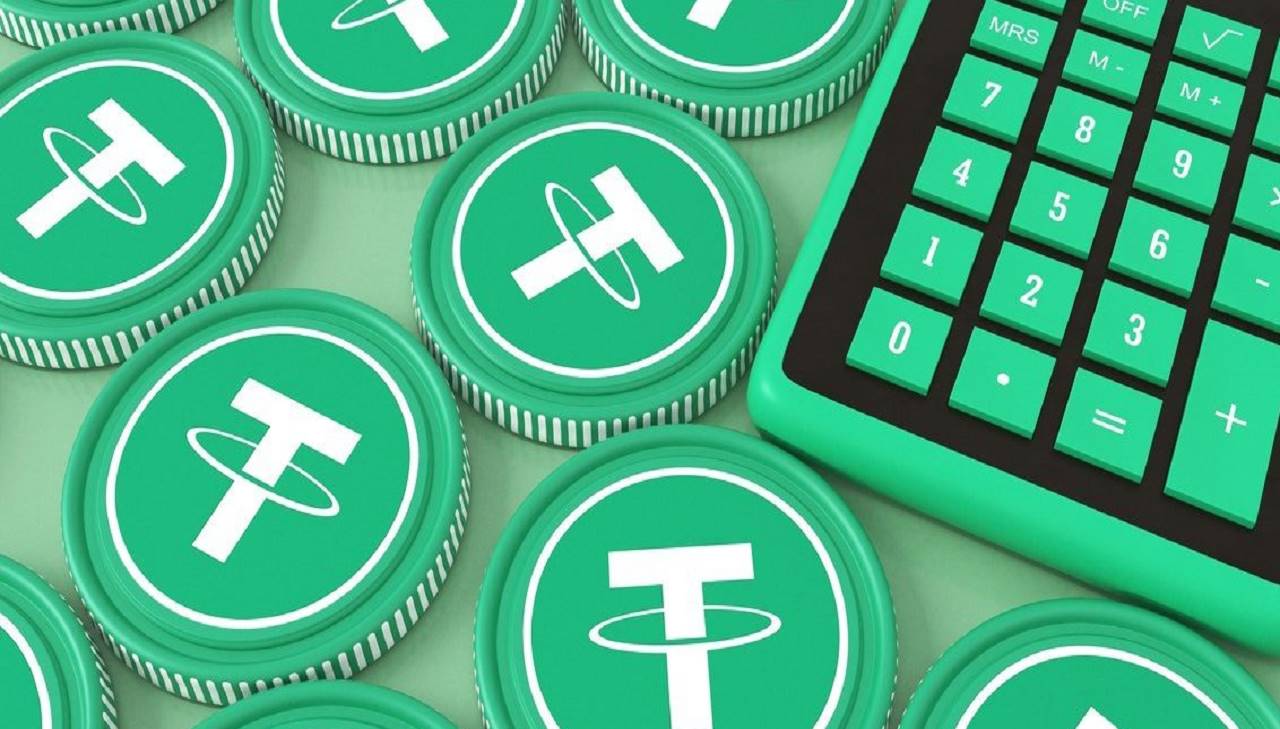Tether’s USDT Surge Highlights Unmatched Dominance in the Stablecoin Market
23.09.2024 10:00 1 min. read Alexander Stefanov
Tether's USDT, the largest stablecoin, continues to strengthen its market position, with its market capitalization nearing $120 billion for the first time.
This week, Tether issued an additional $1 billion in USDT on the Ethereum blockchain, bringing its total cap to approximately $119 billion. Over the past year, the company has minted $35 billion in USDT, solidifying its lead over Circle’s USDC, which holds less than a third of Tether’s market share.
As of Q2 2024, Tether manages over $97 billion in U.S. Treasuries and repurchase agreements, making it the 18th largest holder of U.S. Treasuries globally, surpassing countries like Germany and the UAE.
The rise of stablecoins has made them essential in various markets, especially in places like Nigeria, where they are increasingly used for transactions and savings. Tether’s user base now exceeds 350 million, contributing to its significant profitability, with over $400 million reported in earnings in the past month.
Tether has also diversified its operations into sectors such as agriculture, finance, data, and education, aiming to enhance USDT distribution while exploring investments in AI and Bitcoin mining. However, the company faces ongoing scrutiny regarding its business model and reserve transparency, raising concerns among market observers about potential risks to users.
-
1
Grayscale Reveals Which Altcoins Are Next in Line for Onclusion
11.07.2025 10:00 1 min. read -
2
Arthur Hayes Predicts Monster Altcoin Season: Here is Why
12.07.2025 10:46 1 min. read -
3
Cardano Surges Past $0.74 — Is a $1 Rally Next?
13.07.2025 18:00 2 min. read -
4
These Are the Most Trending Altcoins Right Now, According to CoinGecko
14.07.2025 14:30 1 min. read -
5
6 Altcoins Gaining Attention After Market Rally, Says Analyst
15.07.2025 12:05 2 min. read
Fartcoin Price Prediction: Trader Expects Big Bounce as FARTCOIN Nears $1
Fartcoin (FARTCOIN) has gone down by 17.3% in the past 24 hours and currently sits at $1.14. As the token approaches $1, one trader favors a bullish Fartcoin price prediction. DevKhabib, a pseudonymous trader whose X account is followed by nearly 46,000 users, says that he expects a big bounce off the $1 support after […]
Whale Activity Spikes as Smart Money Eyes Reversal Zones
Amid current market volatility, blockchain analytics firm Santiment has reported a notable rise in whale activity targeting a select group of altcoins.
Binance to Launch PlaysOut (PLAY) Trading on July 31 With Airdrop
Binance has officially announced the launch of PlaysOut (PLAY), a new token debuting on Binance Alpha, with trading scheduled to begin on July 31, 2025, at 08:00 UTC.
Cboe BZX Files for Injective-based ETF Alongside Solana Fund Proposal
The Cboe BZX Exchange has submitted a filing with the U.S. Securities and Exchange Commission (SEC) seeking approval for a new exchange-traded fund (ETF) that would track Injective’s native token (INJ).
-
1
Grayscale Reveals Which Altcoins Are Next in Line for Onclusion
11.07.2025 10:00 1 min. read -
2
Arthur Hayes Predicts Monster Altcoin Season: Here is Why
12.07.2025 10:46 1 min. read -
3
Cardano Surges Past $0.74 — Is a $1 Rally Next?
13.07.2025 18:00 2 min. read -
4
These Are the Most Trending Altcoins Right Now, According to CoinGecko
14.07.2025 14:30 1 min. read -
5
6 Altcoins Gaining Attention After Market Rally, Says Analyst
15.07.2025 12:05 2 min. read


